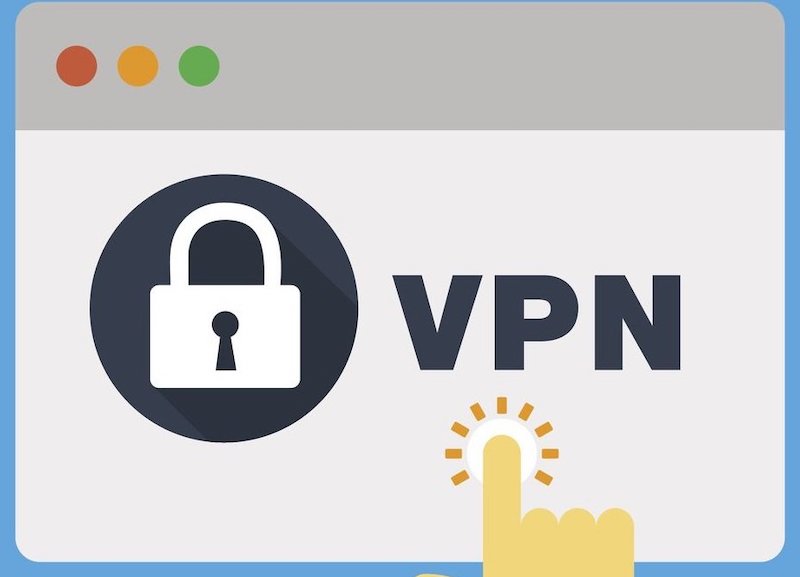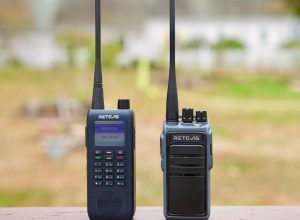Our existence is gradually intertwining, even interoperating with smart objects, with the promise that smart is new and better. However, this connectivity comes with a risk: unsecured communication. Hackers can access your private data, change your digital watch to enter into your home network or turn your baby monitor into a spying tool.
Fortunately, there’s a solution: Virtual Private Networks (VPNs). One could liken a VPN to an encrypted, though revolving door through which the data passes. One of the ways in which it protects your conversations is by encrypting all communications between your devices and the internet so that even if an eavesdropper intercepts them, they are unable to decipher them. In this article, we will explore more on how a VPN can protect you and how to achieve a proper setup for your IoT Networks.
Why Secure Your IoT Network With a VPN?
A VPN encrypts communication between your devices and the cloud, protecting your privacy and preventing eavesdropping. It also masks your IP address, adding an extra layer of anonymity. With a VPN, you can securely manage your smart home remotely and even access geo-restricted services (use with caution). Think of a VPN as a high-tech security guard for your IoT devices, keeping them working for you, not against you.
Remember that a VPN isn’t some magic bullet. Strong passwords and updating your devices’ software remain important for overall security. A VPN adds this powerful stratum of protection by creating a secure tunnel for your data.
Choosing the Right VPN
It can be rather tricky to choose the correct VPN for your IoT network. To cut a long story short, they can be divided into two main categories: Commercial VPN Providers (CVPNs) and Decentralized VPNs (VPNs).
While CVPNs are more accessible to use, more user-friendly, and relatively cheap, they rely on central servers that can be vulnerable. If you’re just getting familiar with VPNs and prioritize ease of use, a Commercial VPN Provider (CVPN) might be the perfect fit for you. Here’s a popular option to consider:
- NordVPN: With this popular CVPN, you will be guided through an easy-to-use interface. This gives obvious instructions, making it a fine product to start securing any IoT network. Be sure to do your homework on any VPN provider before committing.
On the other side, dVPNs are much more secure and private but require more technical expertise, making them less user-friendly than CVPNs. If maximum security and privacy are your top concerns, a decentralized VPN could be the way to go.
Set up a VPN for Your IoT Network
Having chosen your VPN provider, you’ll now get straight into action. Most people will have the IoT network secured by setting the VPN at the router. Here is a general outline, but remember that details might vary according to your router model:
- Go to Your Router’s Control Panel: Most often, you will simply be asked for your router’s IP address, which you may dig out from its included documents or probably a sticker on the device itself.
- Locate VPN Settings: It may be written as “VPN” or “VPN Client” in the settings menu.
- Consult Your Router’s User Manual: VPN setup is specific to different types and models of routers. Check the instructions applicable to your brand in your router’s manual or the manufacturer’s website.
- Alternative Approach: Although setting up a VPN on a router is best for protecting an entire network, more advanced users may want to install software to act as a VPN client on individual devices directly themselves. This allows for even more granular control over which the VPN covers devices. Unfortunately, not all IoT devices support the installation of VPN software.
Conclusion
Setting up a VPN for your IoT network is like installing a high-tech security system on your smart home. It encrypts communications, protects your privacy, and prevents unauthorized access. With this, along with strong passwords, frequent updating of software, and perhaps even network segmentation for the more adventurous people, you will have a relatively effective security shield for your devices.




